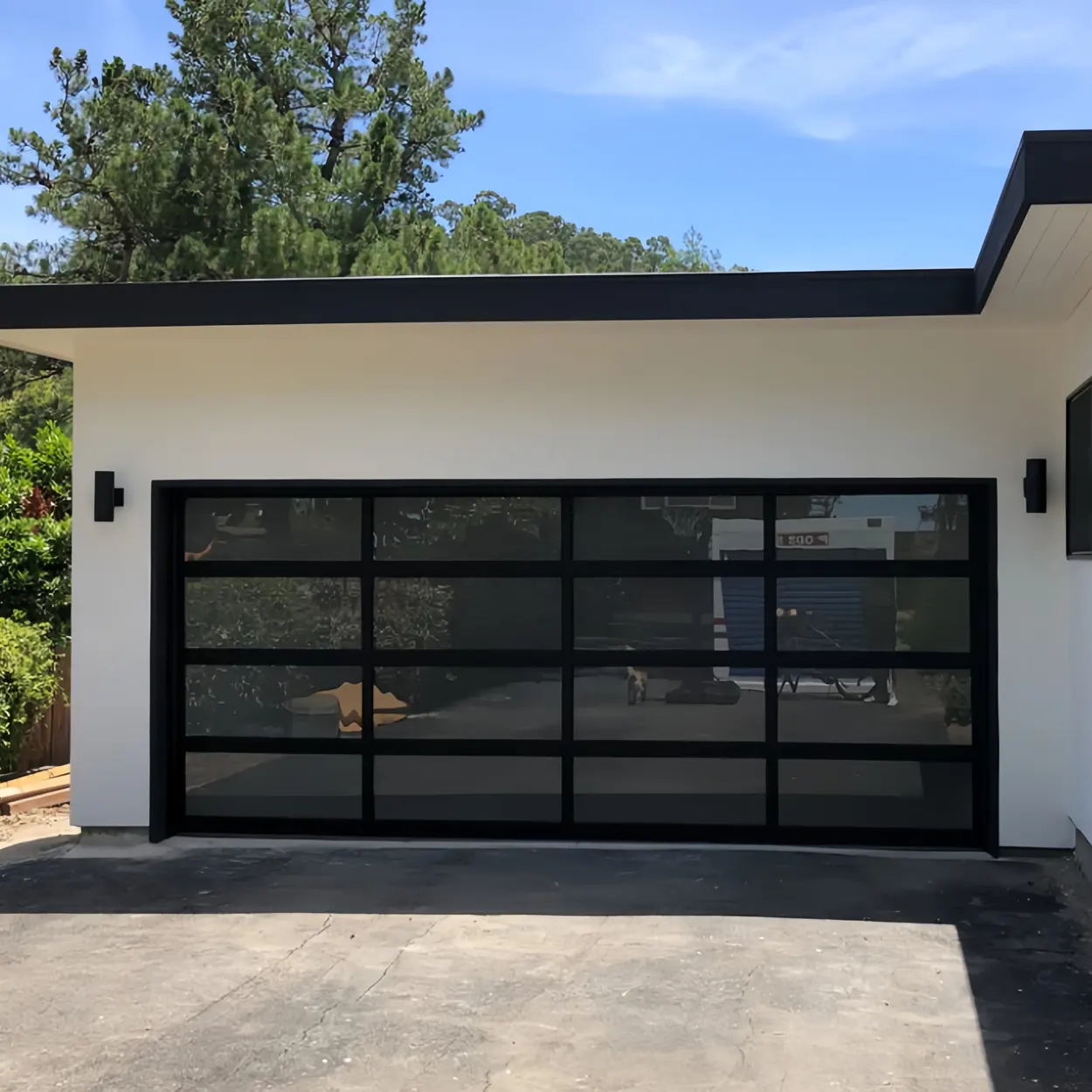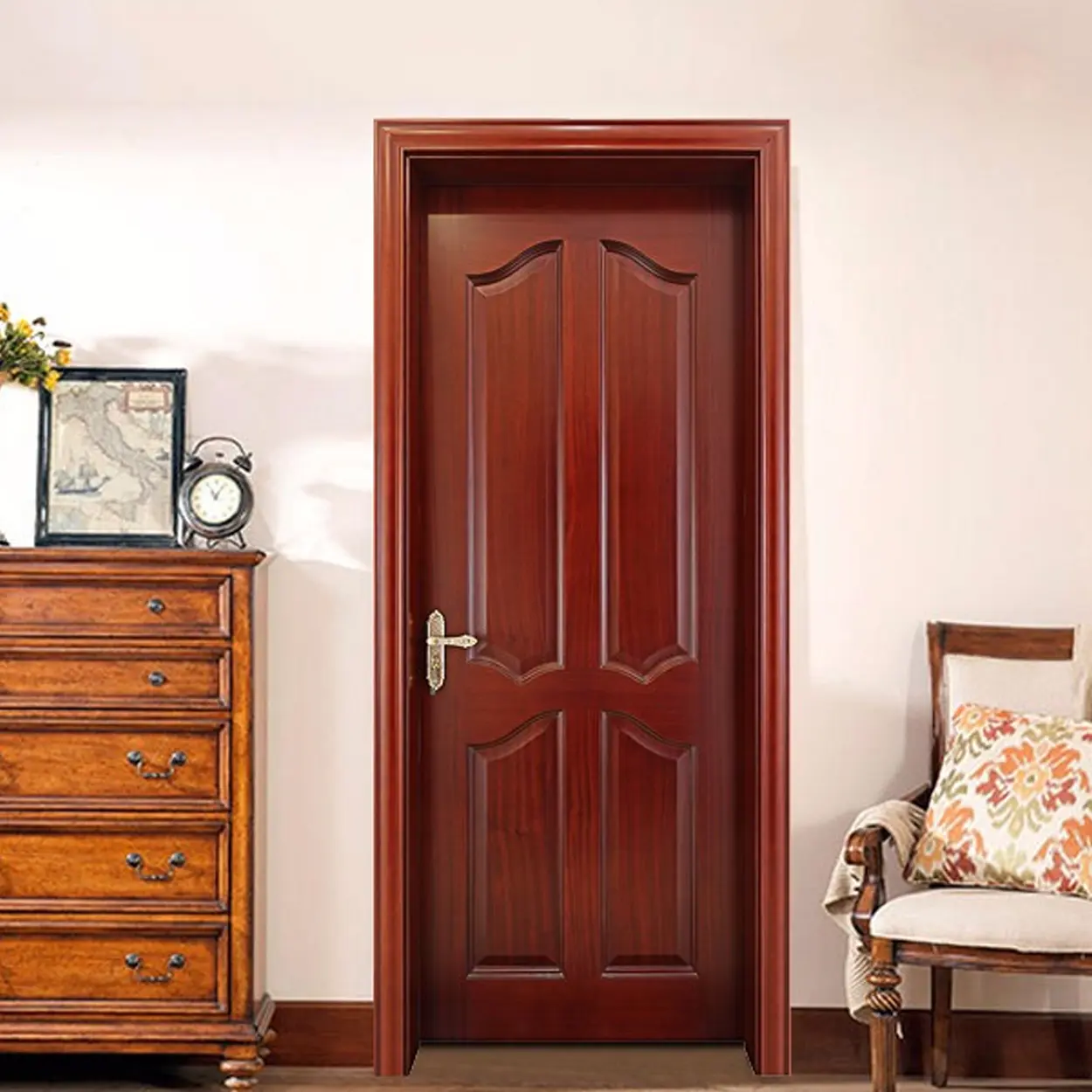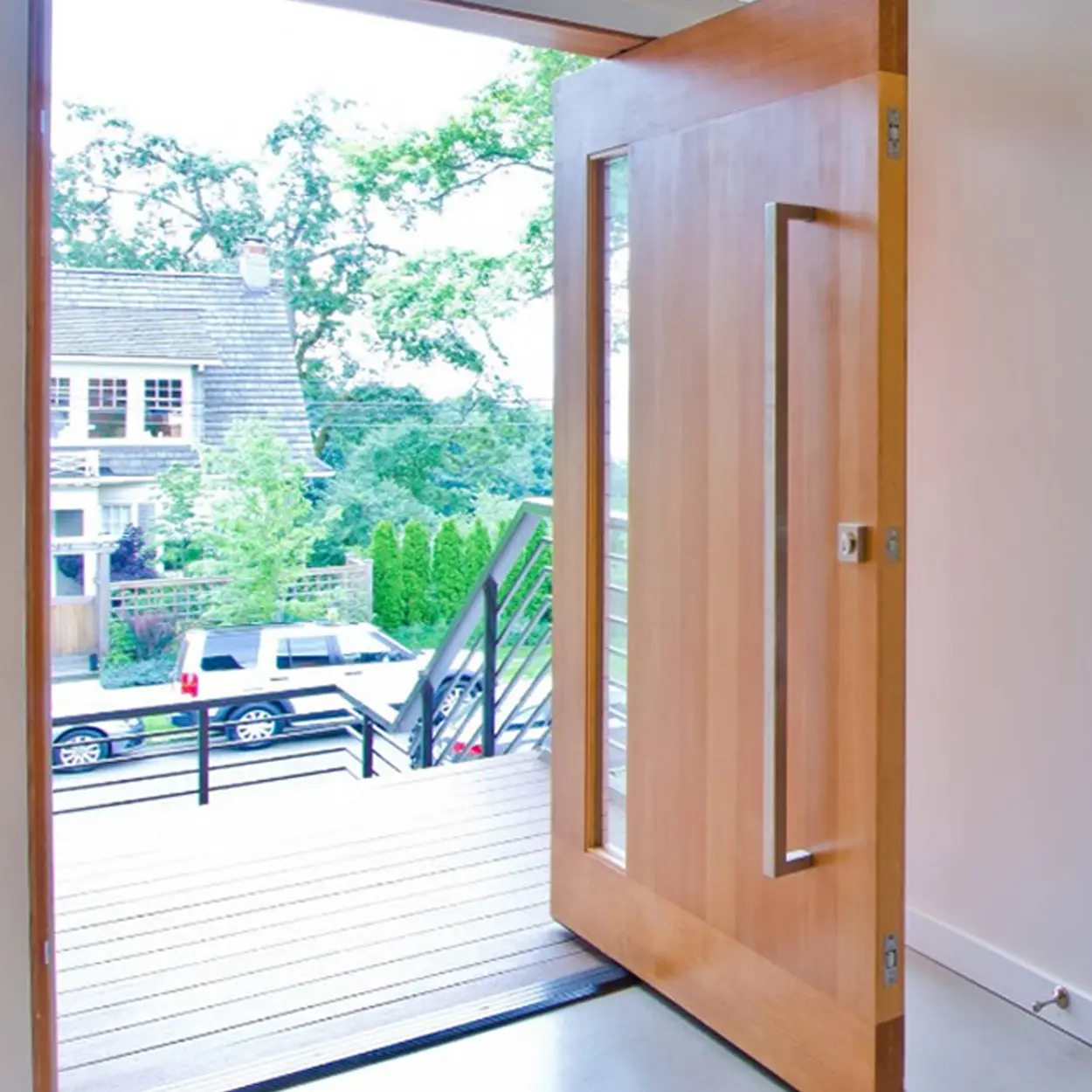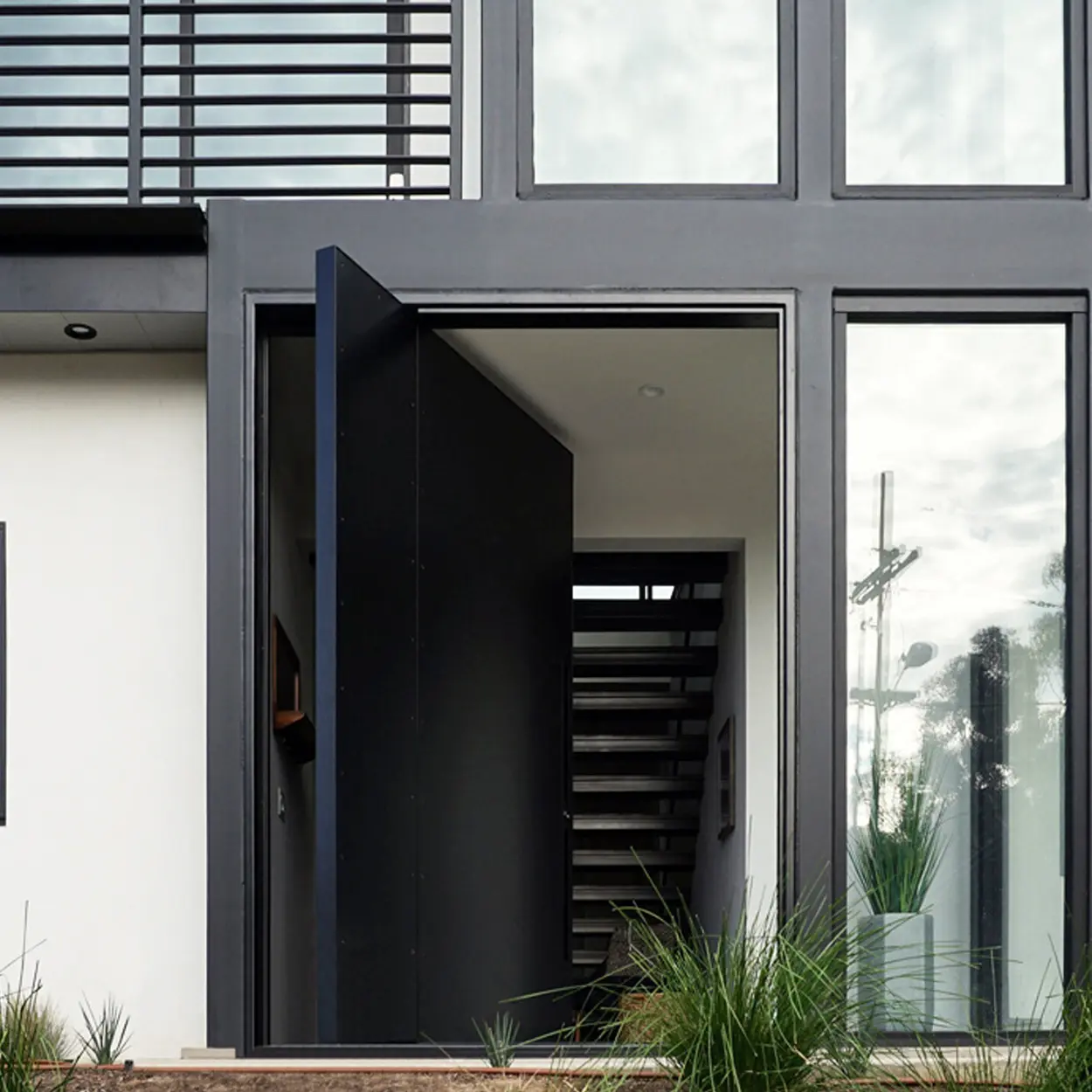
Invisible Interior Doors
The Ultimate Guide to Invisible Interior Doors
Summary
Invisible interior doors, also known as concealed doors, offer a sleek and modern solution for contemporary homes and commercial spaces. These doors blend seamlessly into walls, creating a minimalist aesthetic while maximizing space efficiency.
What Are Invisible Interior Doors?
Definition and Concept
Invisible interior doors are designed to be flush with the wall, eliminating visible frames and hinges for a seamless look. They provide a modern, sophisticated appearance that enhances the overall interior design.
Materials Used
These doors are commonly made from materials such as wood, aluminum, and glass. Many are finished with paint, veneer, or wallpaper to match the surrounding walls, creating a fully integrated look.
Key Features
Hidden hinges and frames for a seamless appearance
Various materials and finishes available to match decor
Space-saving design ideal for compact areas
Benefits of Invisible Interior Doors
Space Optimization
Invisible doors help maximize usable space, making them ideal for small rooms and apartments where every inch counts.
Aesthetic Appeal
They contribute to a clean, minimalist design, removing the visual clutter of traditional doors and frames.
Increased Privacy
Perfect for bedrooms, bathrooms, and home offices, these doors provide discretion without compromising style.
Acoustic and Thermal Insulation
Some models come with soundproofing and insulation features, enhancing comfort and reducing noise transmission.
Types of Invisible Interior Doors
Swing Doors
Traditional doors with concealed hinges that open inward or outward.
Sliding Doors
Mounted on tracks to slide within walls, saving space and creating a modern effect.
Pivot Doors
Rotating on a central hinge, these doors offer a unique and stylish alternative.
Pocket Doors
Sliding doors that disappear into the wall cavity when opened, maximizing space efficiency.
How to Choose the Right Invisible Interior Door
Consider Room Functionality
Different door types suit specific rooms. Sliding doors work well for closets, while pivot doors add elegance to living spaces.
Material Selection
Choose materials that complement the surrounding decor, whether wood, aluminum, or glass.
Budget and Cost Factors
Invisible doors vary in price depending on material, mechanism, and installation complexity.
Custom vs. Prefabricated
Custom doors offer tailored designs but cost more, while prefabricated models are more budget-friendly.
Installation Process of Invisible Interior Doors
Preparation Steps
Measure the doorway accurately and prepare the wall surface for seamless integration.
Mounting the Door
Attach the door with hidden hinges, sliding tracks, or pivot mechanisms for a flawless finish.
Finishing Touches
Apply paint or wallpaper to blend the door seamlessly with the surrounding wall.
Maintenance and Care Tips
Cleaning Guidelines
Use mild detergents and soft cloths to clean the surface without damaging the finish.
Hinge and Track Maintenance
Regularly check hinges and sliding tracks for smooth operation and apply lubrication if necessary.
Preventing Wear and Tear
Avoid slamming the door or applying excessive force to prolong its lifespan.
Repairing Minor Damages
Small scratches or dents can be fixed with touch-up paint or minor refinishing.
Best Rooms for Invisible Interior Doors
Living Room
Enhances open-space concepts and creates hidden storage areas or private sections.
Bedrooms
Provides privacy while maintaining a sleek and modern aesthetic.
Bathrooms
Offers a seamless look while ensuring discretion and style.
Home Office
Helps create a distraction-free environment while maintaining a professional appearance.
Cost Considerations
| Cost Factor | Description |
|---|---|
| Material | Wood, aluminum, and glass options vary in cost. |
| Mechanism | Sliding and pivot doors often cost more than swing doors. |
| Customization | Custom designs increase costs but offer a tailored fit. |
| Installation | Professional installation adds to the total expense. |
Factors Affecting Price
The price of invisible doors depends on material, size, and installation complexity.
Budget-Friendly Options
Prefabricated doors provide an affordable alternative to custom models.
High-End Custom Designs
Luxury doors with premium finishes and hardware add a sophisticated touch but come at a higher cost.
Installation Costs
Professional installation ensures a seamless look but adds to the overall expense.
Invisible Interior Doors vs. Traditional Doors
Design Differences
Traditional doors have visible frames and hinges, while invisible doors blend into walls for a modern aesthetic.
Functionality Comparison
Invisible doors offer a sleek look but require precise installation, whereas traditional doors are easier to install.
Durability and Longevity
Both options are durable, but maintenance differs based on design and material.
Customization Options
Invisible doors allow for a fully integrated look, whereas traditional doors have limited customization potential.
Frequently Asked Question
Following are some frequently asked questions about invisible interior doors.
Invisible interior doors, also known as concealed doors, are designed to blend seamlessly with the wall by hiding hinges and frames. They provide a minimalist aesthetic while maintaining full functionality.
Yes, invisible doors are ideal for living rooms, bedrooms, bathrooms, and home offices. They create a clean, modern look while maximizing space efficiency in small or open-concept areas.
These doors can be made from wood, aluminum, glass, or composite materials. Many are finished with paint, veneer, or wallpaper to match the surrounding wall for a seamless appearance.
The cost varies depending on material, size, and installation method. Prefabricated options are more affordable, while custom-made doors with premium finishes and hidden mechanisms tend to be more expensive.
While some prefabricated models offer DIY-friendly installation, most concealed doors require professional fitting to ensure a seamless, flush appearance and smooth functionality.
Invisible doors offer a sleek, modern look by eliminating visible frames and hinges. They enhance aesthetics, improve space efficiency, and provide better design flexibility compared to traditional doors.
You May Also Like These Doors
Looking for more doors? Browse these related doors that are a perfect match for your needs. Each one is carefully selected to ensure top-quality and great value.





